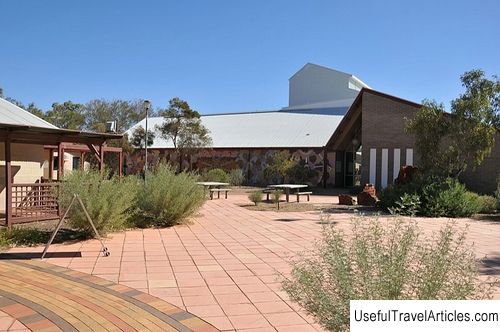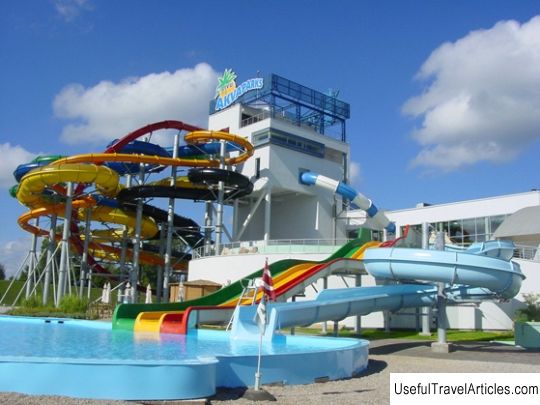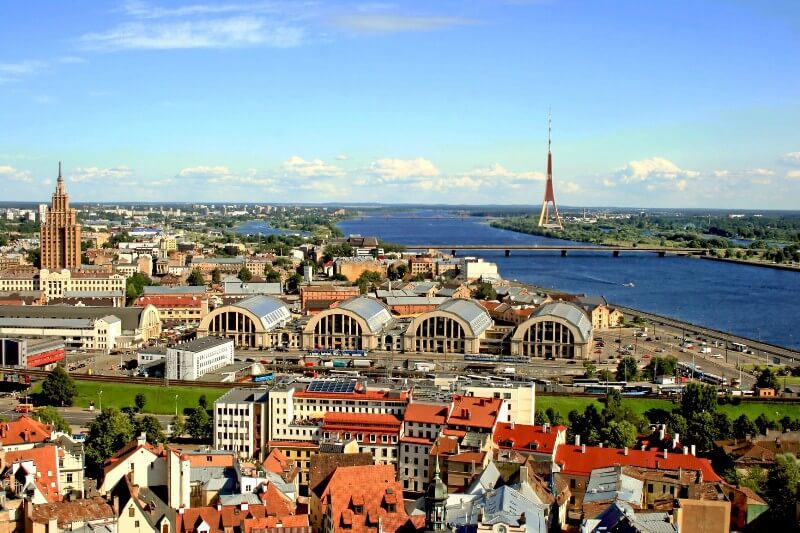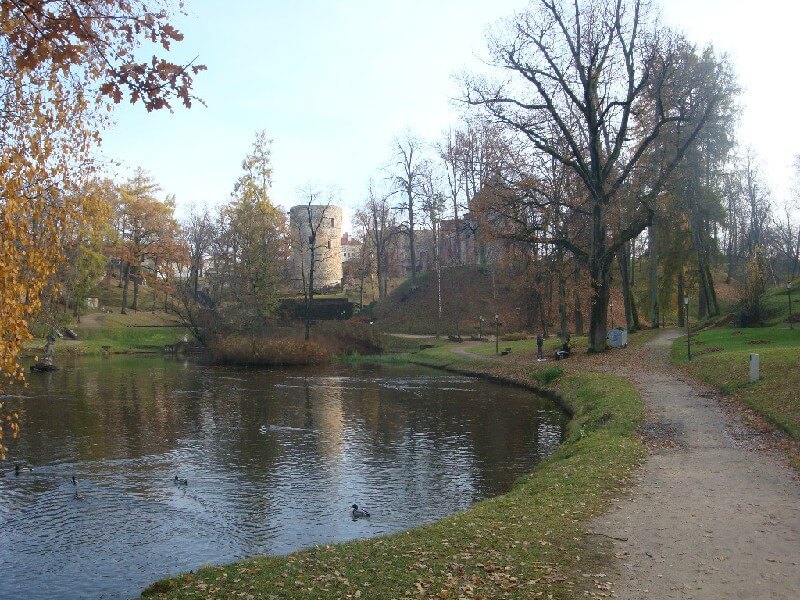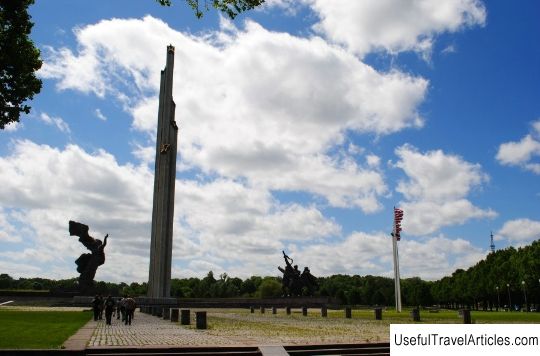Livu laukums description and photos - Latvia: Riga
Rating: 7,5/10 (1243 votes) 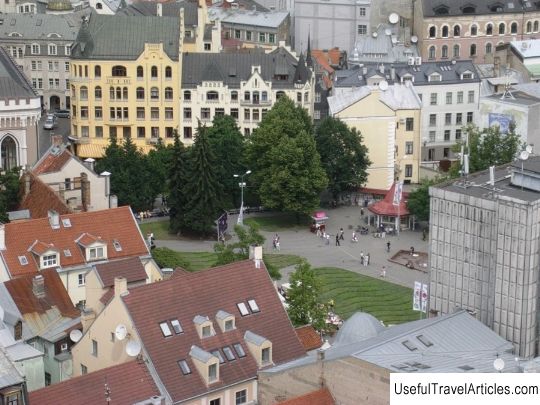
Livu laukums description and photo - Latvia: Riga. Detailed information about the attraction. Description, photographs and a map showing the nearest significant objects. The title in English is Livu laukums. Photo and descriptionThe picturesque Livu Square appeared in Riga in 1950 on the site of a building destroyed during the Great Patriotic War. It was designed by P. Seletsky. Officially, the square was called the square near the Philharmonic. In 1974 it was reconstructed according to the idea of K. Barons. A network of paths was laid out and recreation areas were equipped. In the center of the square there was a swimming pool with a fountain, which is currently not working. In February 2000, the square near the Philharmonic was renamed by the Riga authorities into Livu Square. In winter, Livu Square turns into a city skating rink, and in summer - into a wonderful cafe where you can buy various souvenirs. All sorts of events are often held here in the summer. Livu Square is home to local and introduced trees and shrubs. The square expanded by 0.5 hectares. If you walk from the Freedom Monument through the City Canal to Livskaya Square, you can see the most beautiful buildings of the Big and Small Guilds located opposite each other on Amatu Street. In 1354, German merchants, who owned all the trade in Riga, organized the Great Guild. Its activities were liquidated after the 1917 revolution. The building of the Great Guild acquired its present appearance in the middle of the 19th century. In 1965 it was reconstructed and adapted for the operation of the Latvian State Philharmonic Society. In the foyer of the Philharmonic, you can see stained-glass windows made according to sketches by the Latvian artist A. Tsirulis. The Great Guild Building has magnificent eclectic forms of English Gothic. The Small Guild is built in the same style. The small guild was formed in the 13th century and was the union of all artisans. Only its members had the opportunity to become guild masters. In 1936 it was liquidated. Opposite the Great Guild there is a grandiose building with two turrets, each of which has black cats. This is the famous House of the Black Cat or the Cat's House, which is the unofficial hallmark of Riga. The building in the style of the late rational Art Nouveau was built in 1909 by the architect Friedrich Scheffel. There is an ancient legend according to which a wealthy homeowner Blumer did not get into the Riga Big Guild and, of course, was very angry. They were commissioned to sculpt images of black cats with arched backs. They were located on the pointed turrets of Blumer's tenement house. But the most interesting thing is that these cats were turned their tails towards the windows of the elder's workroom of the Great Guild, clearly showing the merchant's cynical attitude towards the members of the guild. According to one of the offshoots of this traditional excursion tale, a lawsuit was organized against Blumer. They say that he was never made to turn the cats in the right direction. Most likely, Blumer was a close friend of the judge, or he paid generous bribes to frequently changing judges, who declared in the verdict that cats are free animals and they walk on their own, and most importantly, without them Riga will lose part of its architectural wealth. It is difficult to say when we managed to come to an agreement with Mr. Blumer, however, at one point the cats were deployed in the “correct” angle. Livu Square,        We also recommend reading Church of the Intercession on the Nerl description and photos - Russia - Golden Ring: Bogolyubovo Topic: Livu laukums description and photos - Latvia: Riga. |
